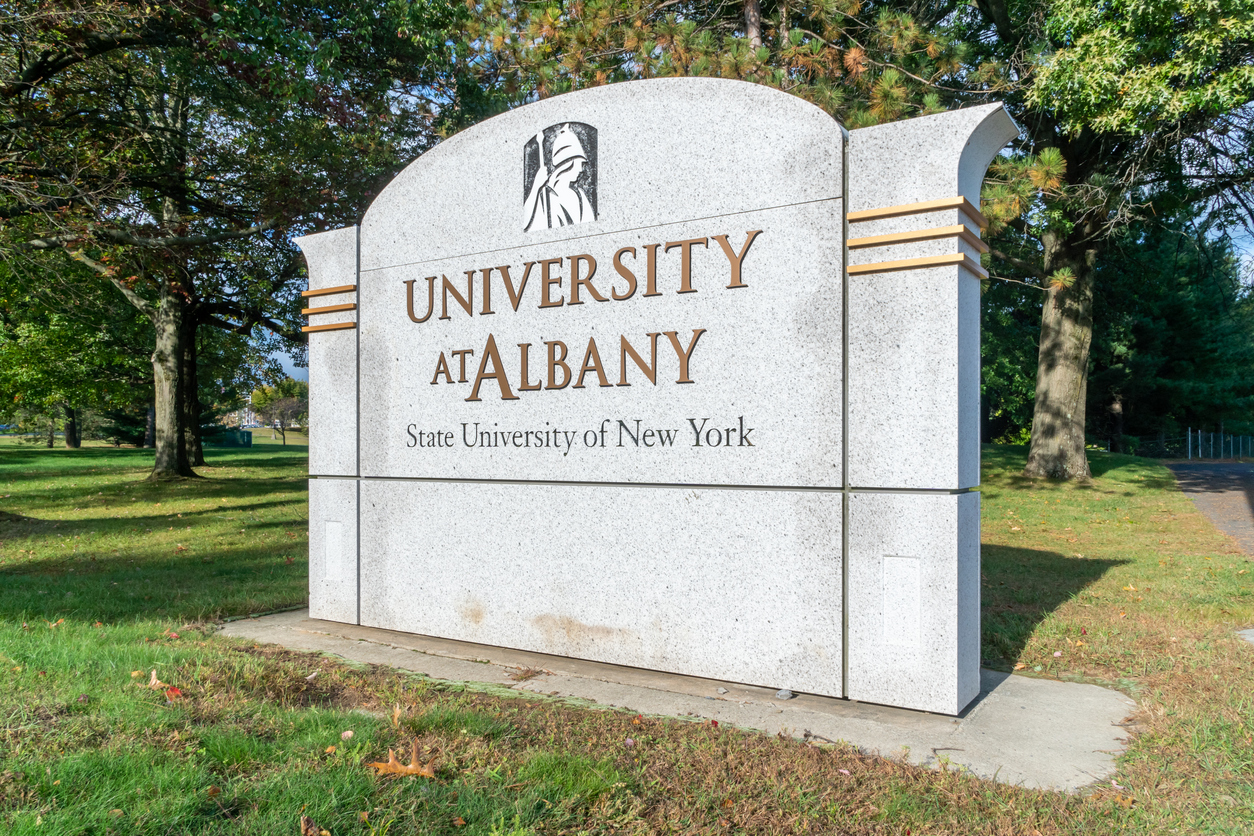A New York public university did not violate the First Amendment rights of an adjunct professor when it refused to consider him for a higher position, a federal appeals court has ruled. However, the court did join several other sister circuits in holding that the university could not rely on the protection against public-employee speech lawsuits created by the U.S. Supreme Court in Garcetti v. Ceballos (2006).
John Heim, an adjunct professor of economics at the State University of New York at Albany, began teaching there in 2012. Heim is a self-described traditional Keynesian economist, deriving his approach to economics from 20th century economist John Maynard Keynes. Heim claimed that his colleagues held him back because they favor a different economic theory. When Heim sought a full-time tenure track position, SUNY Albany economics professors Betty Daniel and Adrian Masters told him his research did not align with what they wanted from a faculty member.
Heim originally sued the entire SUNY system, SUNY Albany, the president of the college, and professors Daniel and Masters in July 2018. Along the way, he abandoned claims against all defendants except for Daniel and Masters.
In May 2022, a federal district court in New York granted summary judgment to the defendants. The district court reasoned that Heim’s academic research and writing were part of his “official job duties” within the meaning of Garcetti v. Ceballos. In Garcetti, the Supreme Court ruled that public employees have no First Amendment rights when it comes to their official job-duty speech. The district court also ruled that Heim’s speech, in the form of his research, did not involve a matter of public concern – another requirement in public-employee First Amendment litigation.
On appeal, a three-judge panel of the 2nd U.S. Circuit Court of Appeals affirmed the lower court in its Aug. 30, 2023, decision in Heim v. Daniel — but for very different reasons.
The 2nd Circuit panel first noted that the defendants did take adverse action against Heim because of their disagreement with his scholarship. The defendants’ actions were “soaked in hostility to Keynesianism,” the appeals court wrote.
Furthermore, the appellate panel rejected the application of Garcetti to a professor’s scholarship and research. “In other words, Garcetti leaves undisturbed our own pre-Garcetti authority in cases involving scholarship and teaching by professors at public universities,” the panel wrote.
The appeals court also found that Heim’s scholarship did touch on matters of public concern or importance. However, the judges still ruled against him, because they found that a public university’s interests and its own underlying mission trump Heim’s individual rights to free speech.
The appellate court explained that “decision-makers within a university might … reasonably decide that concentrating on scholars with similar interests or approaches will enhance collaboration, the university’s reputation, or the quality of its collective research output, and hire with those goals in mind instead.”
The panel said further: “If the academic enterprise is to remain an engine of progress, decisions about the value of academic work must be left to academics.”
David L. Hudson Jr. teaches First Amendment law and constitutional law classes at Belmont University College of Law. He is the author, co-author, or co-editor of more than 50 books, including The Constitution Explained: A Guide for Every American (Visible Ink Press, 2022) and The First Amendment: Freedom of Speech (Thomson Reuters, 2012).
The Free Speech Center newsletter offers a digest of First Amendment and news media-related news every other week. Subscribe for free here: https://bit.ly/3kG9uiJ

